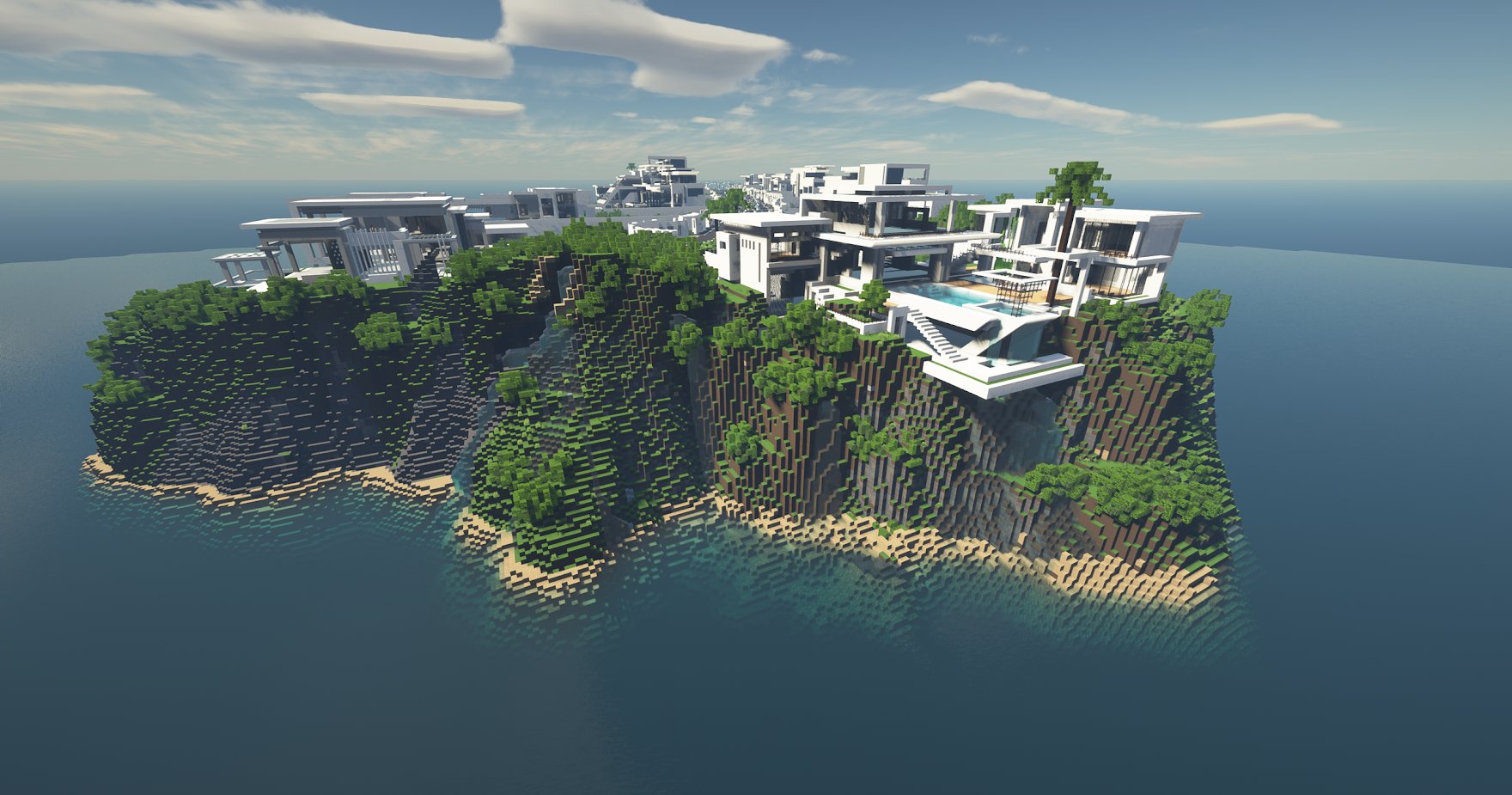A White Sands luxury villa
By Scott Duke Kominers | A16Z Crypto
People have been hanging out in digital spaces since the chat rooms and gaming MUDs (“multi-user dungeons”) of the early Internet. But these days, the digital world is taking on a growing share of our activities and time – and it’s becoming more physical than ever before.
A powerful recent example is the Zoom background, which made it possible to separate speakers in a video call from the physical rooms surrounding them. That effectively gave us the power to create private digital spaces. People quickly started making these spaces their own – personalizing them with a variety backgrounds of everything from Serengeti vistas to Studio Ghibli films.
And now metaverse platforms can give our digital spaces a sense of physical structure and geography, creating new ways to explore and interact within them. (I’ve attended several conferences hosted on the Gather.town platform, for example, in which the Zoom rooms used for presentation sessions are connected by an eight-bit digital landscape, where participants can quite literally run into each other.)
How should we think about what to build for the metaverse? The framework is so simple as to be almost tautological: People use digital spaces when they create opportunities not available in the “outside option” of the physical world. This means that the value of those spaces is determined by the activities people want to engage in there, and how the affordances of digital space support those activities.
Again, in the case of Zoom: you’re much more likely to organize a group video call for far-flung friends and relatives than for a chat with a neighbor (at least in non-pandemic times). Likewise, one is more likely to go to a metaverse concert with friends when either the friends or the musical artists (or both) are difficult to see in-person. And while many people will soon be having meetings in virtual conference room spaces, nobody is going to want to take long, boring “commutes” in the metaverse when they could just “teleport,” moving between digital locations instantly. Meanwhile, the metaverse will always be the go-to when it affords experiences that are not available in the physical world – like swashbuckling or exploring distant galaxies.
All of this is still in its early stages, making it difficult to predict precisely what will create the greatest and most lasting value. Nevertheless, it’s still possible to reason about what might drive value for users in our ever-expanding digital space.
Metaverse land and real estate
People have talked about the concept of “digital real estate” for decades. Historically, the phrase has referred to scarce space – often dedicated to advertising – on a given publisher’s website, like the New York Times homepage. Today, people have grown accustomed to centralized entities and attention aggregators – the likes of Facebook and Google – owning many of these spaces, which they rent out.
Digital real estate has always had value. What’s different about web3 is that digital asset paradigms like non-fungible tokens (NFTs) make it possible for individuals to uniquely own – not just rent – specific pieces of digital real estate and metaverse land and locations for private or shared use. Blockchains, a core web3 technology, enable this by offering decentralized, tamper-resistant, and publicly accessible records of who owns which digital assets.
Given that digital space is, in theory, infinitely expansible, skeptics might still question whether the concept of “owning” digital land or buildings even makes sense.
But metaverse platforms have their own forms of scarcity: There’s only so much space on the wall of a digital building, for example; and thanks to geography, there are only so many buildings close to an amenity like a virtual concert hall or a resource deposit like a Vespene geyser.
But at the same time, distance can be less of a factor thanks to the possibility of fast travel or teleportation. Thus, what matters for thinking about the value of a given piece of metaverse land and real estate is how people’s activities inform its use.
People (or rather, their avatars) might walk out of a virtual concert together and then meander down an adjacent virtual shopping strip. Just like in the physical world, then, the shops closest to the virtual conference hall will get the most “foot traffic.”












